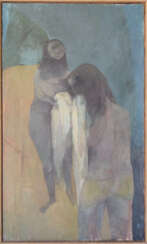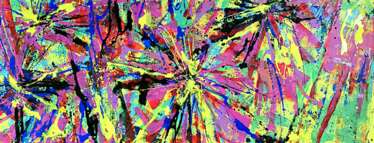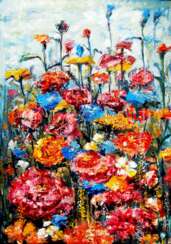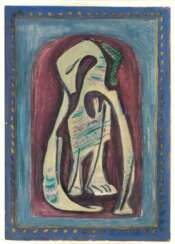abstract style



Francis Picabia, born Francis-Marie Martinez de Picabia, was a French avant-garde painter, poet, and typographist, whose work is celebrated for its diversity and innovation. His journey through various art movements, including Impressionism, Cubism, Dadaism, and Surrealism, showcases his refusal to be confined by any one style. Picabia's art is known for its eclectic nature, often blending mechanical elements with organic forms, thereby challenging traditional perceptions of art and beauty.
Picabia's significant contribution to the art world lies not just in his varied artistic output but also in his philosophical approach to creation. He believed in the freedom of expression, often using his art to critique societal norms and the art establishment itself. This rebellious spirit made him a pivotal figure in the Dada movement, where his works were celebrated for their irony and disdain for conventional art values.
Among his notable works, "Amorous Parade" and "I See Again in Memory My Dear Udnie" stand out, housed in prestigious institutions like the Museum of Modern Art in New York. These pieces exemplify Picabia's mastery over blending different elements of art movements, creating works that remain influential to this day. His legacy is not just in the pieces he created but also in his attitude towards art, encouraging future generations to challenge and redefine the boundaries of creativity.
For collectors and experts in art and antiques, Picabia's works represent not only significant artistic achievements but also valuable insights into the evolution of modern art. To stay informed about new product sales and auction events related to Francis Picabia, sign up for updates. This subscription is an essential resource for enthusiasts looking to enrich their collections with pieces from one of the most innovative artists of the 20th century.


Chu Teh-Chun or Zhu Dequn was a Chinese-French abstract painter acclaimed for his pioneering style integrating traditional Chinese painting techniques with Western abstract art. Chu Teh-Chun enrolled in the National School of Fine Arts (now China Academy of Art), where he studied under Fang Ganmin and Wu Dayu. He was the first ethnic Chinese member of the Académie des Beaux-Arts of France, and together with Wu Guanzhong and Zao Wou-Ki were dubbed the "Three Musketeers" of modernist Chinese artists trained in China and France.

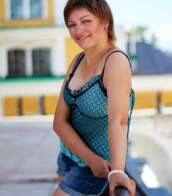




























Aleksandra Andreevna Povorina (Russian: Александра Андреевна Поворина), married Ahlers-Hestermann, was a Russian and German modernist painter.
Aleksandra was born in the family of a St. Petersburg civil servant, in 1913 she went to Paris, where she studied at the Russian Academy of M. Vasilieva, joined the circle of artists of the Paris School, became interested in the art of Cézanne and Matisse. In Paris she met the artist from Hamburg Friedrich Ahlers-Hestermann (1883-1973), who became her husband. With the outbreak of World War I, the family moved to Hamburg.
Since 1915 the artist created semi-abstract paintings, participated in group exhibitions at the Commeter Gallery, was a member of the newly created Hamburg Secession with her husband. Under the influence of Paul Cézanne and Henri Matisse, she developed a spiritual-abstract art.
In 1934, the National Socialists who came to power in Germany banned Aleksandra and Friedrich any activity, and abstract paintings Povorina were recognized as degenerate. At that time the artist took up textile design, creating abstract patterns for fabrics, at the same time a series of black and white graphic ink drawings were created. During the war, many of the artist's works were destroyed.
After the end of World War II, Aleksandra took a teaching position at the Weissensee Higher Art School in Berlin, creating abstract collages. After her death, her daughter, textile, mosaic and glass artist Tatjana Ahlers-Hestermann, completed some of her works.









